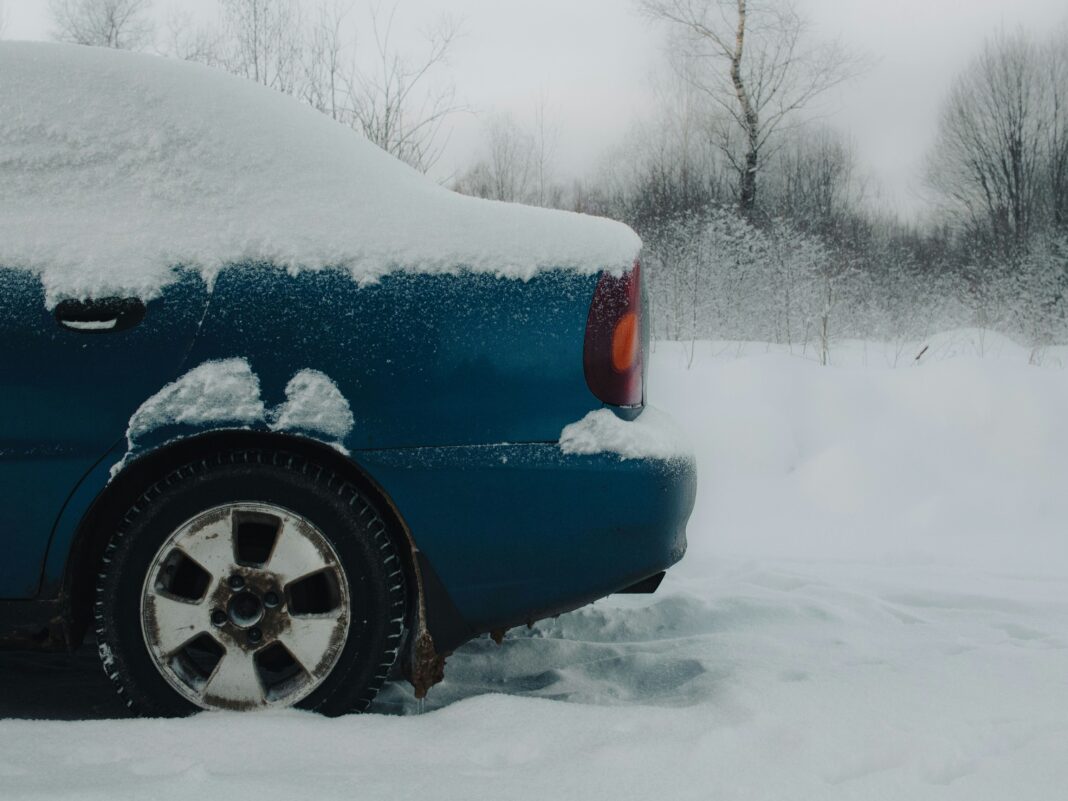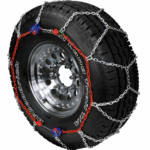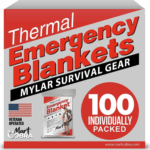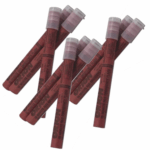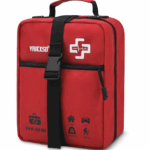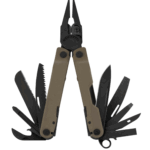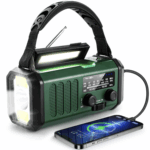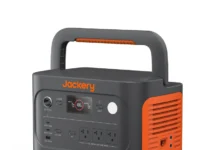A winter car emergency kit is crucial for safe travel because a winter car emergency kit can protect you during storms, road closures, and unexpected breakdowns. Winter conditions create hazards that can trap drivers for hours, sometimes overnight, and having the right gear can prevent hypothermia, dehydration, or dangerous exposure. These top 10 items are based on guidance from FEMA, Ready.gov, NHTSA, and the American Red Cross, all of which recommend drivers carry dedicated winter emergency supplies.
101. Tire Chains or Approved Traction Devices
Traction devices are the number one lifesaving tool when roads turn icy or snow-covered. Even if you drive AWD or 4WD, tire chains help prevent spin-outs and increase your ability to drive through steep passes or remote winter roads. Practice installing them before winter because learning in freezing temperatures is difficult. References: NHTSA Winter Driving Tips.
92. Thermal Blanket or Sub-Zero Sleeping Bag
A thermal blanket or winter sleeping bag is essential because vehicle interiors lose heat quickly during breakdowns. Mylar blankets reflect body heat, while winter sleeping bags allow you to safely wait for rescue. Hypothermia can begin in minutes in freezing temperatures. References: Red Cross Winter Storm Safety.
83. Shelf-Stable Food and High-Calorie Snacks
FEMA recommends storing a 24-hour supply of food in case you become stranded. Choose foods that do not freeze solid, such as energy bars, protein bars, jerky, trail mix, or emergency ration bricks. Calorie-dense foods help maintain body heat and alertness.
74. Water and Insulated Containers
Hydration is just as important during winter, but water freezes easily. Use insulated stainless steel bottles or double-walled containers to slow freezing. Store water inside the cabin, not the trunk. References: Ready.gov Disaster Supplies Checklist.
65. Compact Metal Snow Shovel
A collapsible metal shovel allows you to dig out wheels, clear drifted snow, or create space around the exhaust pipe. Clearing snow around your vehicle prevents carbon monoxide buildup if you need to run the engine for warmth. Avoid plastic shovels because they crack in extreme cold.
56. LED Road Flares or Hazard Beacons
Visibility is one of the biggest challenges in snowstorms. LED flares help rescuers and other drivers see your vehicle through snow, fog, or darkness. They are safer than traditional flares and last for multiple emergencies. References: NHTSA Winter Roadside Visibility Guidelines.
47. Portable Power Bank or Lithium Jump Starter
Cold temperatures drain car batteries rapidly. A jump starter lets you restart your own vehicle without needing help. A high-capacity power bank keeps phones charged so you can communicate with emergency services. FEMA recommends always carrying backup battery devices during winter travel.
38. Winter-Ready First Aid Kit
Every winter kit should include a comprehensive first aid pack with warmers, bandages, antiseptic, medications, blister pads, and burn ointment. Add personal prescriptions in a sealed bag for extended travel. References: American Red Cross First Aid Guidelines.
29. Multi-Tool, Tow Strap, Ice Scraper, Sand or Cat Litter
This set of small tools handles the most common winter roadside issues. Cat litter or traction sand helps tires grip icy surfaces. An ice scraper improves visibility. A tow strap allows another vehicle to safely pull you free without damaging either vehicle. References: Ready.gov Vehicle Emergency Supplies.
110. Flashlight, Extra Batteries, and Emergency Signaling Devices
A reliable flashlight is essential for visibility at night or inside the vehicle. Hand-crank flashlights are especially useful because they do not rely on batteries. Include a whistle, reflective vest, and printed emergency contact numbers. NHTSA stresses having multiple ways to signal for help during winter emergencies.
These ten items form the backbone of a complete winter car survival kit and ensure you remain safe, warm, and prepared for severe weather or unexpected breakdowns. Additional helpful items include extra clothing, traction boards, tire pressure gauges, fuel stabilizer, and emergency cash. Winter preparedness is not about fear but about prevention and resilience. By following proven recommendations from FEMA, NHTSA, Ready.gov, and the American Red Cross, you can dramatically improve your safety during winter travel.

